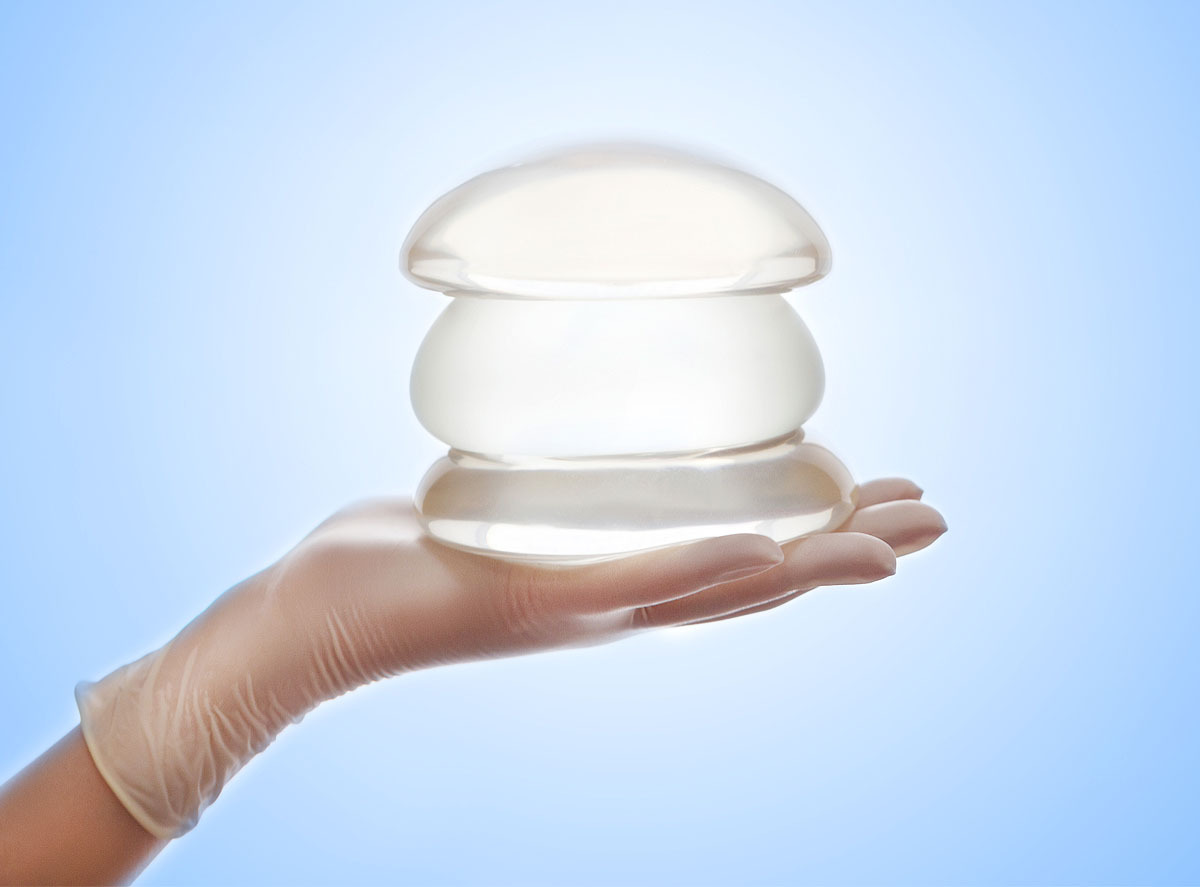
Implants are not for life, and depending on your age and lifestyle, your breast implants will need to be changed sometime in the future. It’s impossible to predict exactly how long each implant lasts in each individual. Factors including your activity level — as well as general wear and tear — will better predict their lifespan as we all use our bodies in different ways. Implants are also subjected to different strains and stresses over the years, however, an ultrasound or better yet , an MRI can accurately depict the integrity of the implant. Typically, we advise that implants be checked and possibly changed every 8-10 years. You may need to change your implants because of a variety of reasons and in this article we’ll be looking at 5 signs that your breast implants need replacing.
1. Your Saline Implants Have Deflated
Unlike silicone, saline implants are filled with a saline solution and have a thinner wall or membrane. Over time the implant may rupture allowing the saline to leak out and create scar tissue within the breast. This inevitably causes deflation and asymmetry. Board-certified cosmetic plastic surgeon Dr. Adibfar addresses this by removing the compromised implant along with the saline and addressing the accumulated scar tissue before replacing the implant upon the patient’s request.
2. Your Silicone Gel Implant Has Ruptured
Has the shell of your silicone implant ruptured? If so, you’ll likely consider having your implant replaced. Silicone implants are filled with gels and there are a variety of implants made with distinct gels that provide different feels. At Elements Spa, Dr. Adibfar assures the utmost quality in having the best implants with more cohesive gels to provide another level of safety for his patients. Replacing a ruptured silicone implant would also involve the removal of the faulty implant and any gel solution that may have leaked, as well as the removal of any existing scar tissue or “capsule” before creating a fresh pocket for the new plant to be safely inserted and acclimated to the body.
3. You’ve Developed Capsular Contracture
Capsular contracture happens when the pocket in your breast (to hold the implant) starts to close in on the implant and scar tissue contracts around it. This can make the implant look more round and unnatural, as well as can make your breast look and feel tight and hard. Although this is not dangerous by any means, patients find that their bust may feel slightly sore and uncomfortable, as well they don’t like the appearance. To address this Dr. Adibfar must remove the implant and carefully address the scar tissue formed around the implant. Often this can be a lot of tissue needing removal. Once the breast pocket is sufficiently cleaned, Dr. Adibfar may close the incision and wait to introduce a new implant after some time, or a new implant may be reintroduced during the same procedure. This depends on individual circumstances.
4. Your Breasts Appear Asymmetrical
Your breasts may appear asymmetrical for various reasons. Perhaps as previously mentioned your implants may have deflated, ruptured, or developed excessive scar tissue leaving the breast looking very different from the other breast. Aging, a history of pregnancies and nursing could also affect the way the breasts look over time. In these cases, implants can be replaced and combined with other common procedures including a breast lift to correct the asymmetry and make the breasts appear more natural.
5. You Want to Change Your Implant Size
Over the years, some patients decide that they’d prefer a larger (or smaller) breast size. For those seeking a larger breast size, the bodies may acclimate a little easier than for patients seeking to size down. For women with larger implants looking to insert smaller ones, Dr. Adibfar will likely need to address the excess skin and tissue since a larger implant exerts more influence on the skin of the breast over time. If not addressed, when the smaller implant is inserted the breast would appear saggy and unattractive. Either way, a larger or smaller breast size can be achieved.
Board-certified cosmetic plastic surgeon Dr. Adibfar makes certain all these previously mentioned signs are addressed in discussion together with each patient. From there, Dr. Adibfar and his patient can collectively make the appropriate decisions according to what the patient’s wants and needs are.
Click here to learn more or to book a consultation with one of Toronto’s leading board-certified cosmetic plastic surgeons, Dr. Adibfar.
